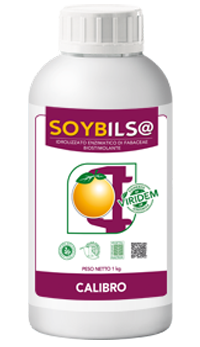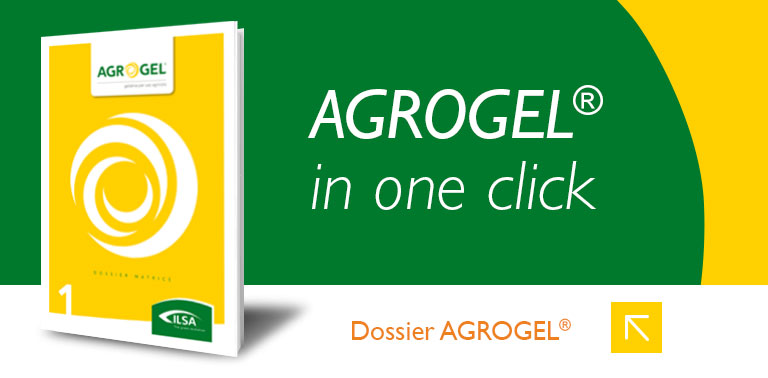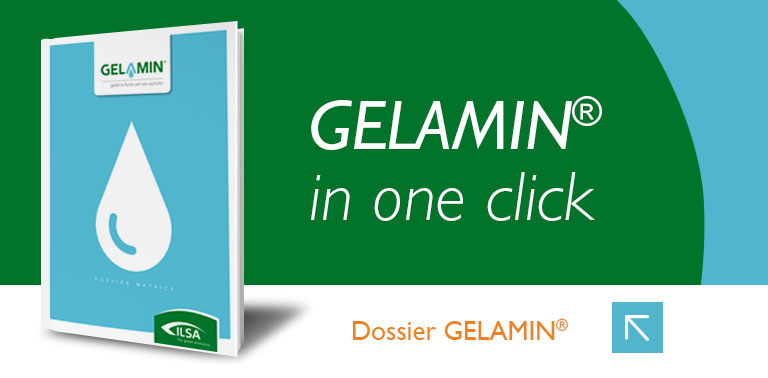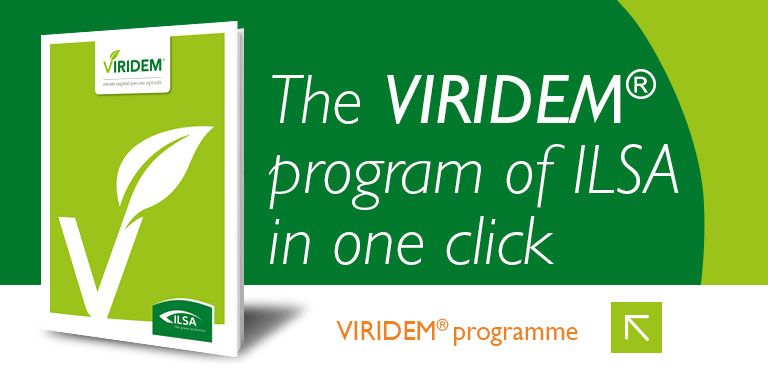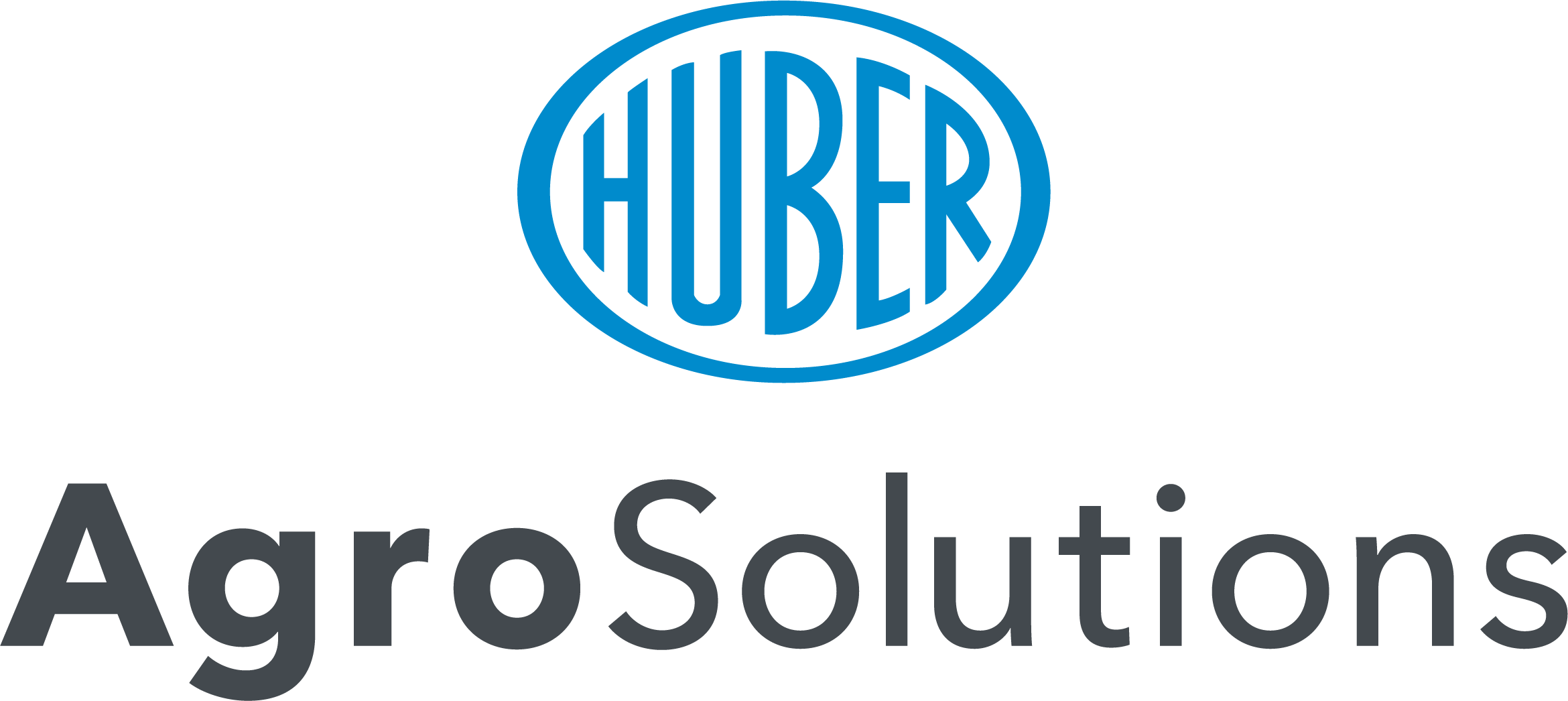ENZYMATIC HYDROLYSATE OF FABACEAE
BIOSTIMULANT
ENZYMATIC HYDROLYSATE OF FABACEAE
BIOSTIMULANT
What is it?
SOYBILS@ is a liquid vegetal biostimulant obtained through an enzymatic hydrolysis process of soybean tissues, belonging to the Fabaceae family. It contains organic nitrogen and carbon, amino acids from a vegetal matrix both in free and oligo-peptides form, betaines, polyphenols and natural triacontanol.
What does it do?
The high concentration of amino acids, in particular glutamic acid and aspartic acid, betaines and natural Triacontanol stimulates the cell multiplication process increasing DNA and protein biosynthesis. This allows SOYBILS@ to have a direct action on the vegetative development and fruit swelling stage. Furthermore, the product allows uniform fruits with size distribution belonging to the most commercially valid classes. Furthermore, the combined effect of other specific amino acids (leucine, serine, lysine, valine, alanine), polyphenols, natural triacontanol and betaines allows both to improve the qualitative characteristics of the fruits (in terms of Brix degrees, firmness, dry matter) and to have an antioxidant action reducing abiotic stress effect during fruit swelling and fruit ripening stage.
How is it used?
SOYBILS@ could be used by foliar application, from the post-fruit setting of vines, trees, and vegetables. Starting from the beginning of the fruit formation stage, it stimulates the cell multiplication process, balancing fruit development, and increasing stress tolerance and final quality. The vegetal raw material and the natural process used allow using SOYBILS@ in organic farming.
Chemical and physical features
- LIQUID BROWN COLOUR
- pH 4,0 ± 0,5
- DENSITY 1,20 kg/dm3
- CONDUCTIVITY E.C. 1,80 ± 0,20 dS/m
COMPOSITION
- Total Aminoacids 14 %
- Free Aminoacids 3,0 %
- Natural Triacontanol (mg/kg) >6
- Water soluble Organic Nitrogen (N) >3,0 %
- Organic Carbon (C) >20 %
- Betaines >5,0 %
Contains in particular
- ENZYMATIC HYDROLYSATE OF FABACEAE
Characterising substances
- FREE AMINO ACIDS AND OLIGO-PEPTIDES FROM A VEGETAL MATRIX, PLANT-DERIVED TRIACONTANOL, BETAINES AND POLYPHENOLS
ACTIONS OF THE CHARACTERISING SUBSTANCES
| Increase and uniformity of the fruit size | QUALITATIVE CHARACTERISTICS AND SHELF-LIFE | |
|---|---|---|
| FREE AMINO ACIDS AND OLIGO-PEPTIDES FROM A VEGETAL MATRIX |

|

|
| PLANT-DERIVED TRIACONTANOL |

|

|
| BETAINES AND POLYPHENOLS |

|

|
Doses and methods of use of the fertilizer
-
Citrus
-
All2-2,5 kg/haEvery 12-15 days from fruit filling to ripening
-
-
Fruit
-
Blueberry2-2,5 kg/ha2-4 applications every 10-12 days from post-fruit set
-
Kiwi2-2,5 kg/haEvery 12-15 days from fruit filling to ripening
-
Raspberry2-2,5 kg/ha2-4 applications every 10-12 days from post-fruit set
-
-
GrapeVine
-
All1,5-2 kg/ha3-4 applications during berries enlargement, every 10-15 days
-
-
Olive Tree
-
All1,5-2 kg/ha2-4 applications every 10-12 days from fruit set
-
-
Pome fruits
-
All2-2,5 kg/ha3-4 applications, every 10-15 days, from walnut-sized fruit
-
-
Stone fruits
-
All2-2,5 kg/ha2-4 applications every 10-12 days from post-fruit set
-
-
Tropical Crops
-
All2-2,5 kg2-4 applications every 10-12 days from fruit set
-
-
Vegetables
-
Asparagus2,5-3 kg/ha3-4 applications every 7-10 days from the first fruit set
-
Beetroot2,5-3 kg/ha3-4 applications every 7-10 days from the first fruit set
-
Brussels sprouts2,5-3 kg/ha3-4 applications every 7-10 days from the first fruit set
-
Carrot2,5-3 kg/ha3-4 applications every 7-10 days from the first fruit set
-
Cauliflower2,5-3 kg/ha3-4 applications every 7-10 days from the first fruit set
-
Celery2,5-3 kg/ha3-4 applications every 7-10 days from the first fruit set
-
Courgette2,5-3 kg/ha3-4 applications every 7-10 days from the first fruit set
-
Courgette in greenhouse2,5-3 kg/ha3-4 applications every 7-10 days from the first fruit set
-
Cucumber / Gherkin2,5-3 kg/ha3-4 applications every 7-10 days from the first fruit set
-
Eggplant2,5-3 kg/ha3-4 applications every 7-10 days from the first fruit set
-
Eggplant in greenhouse2,5-3 kg/ha3-4 applications every 7-10 days from the first fruit set
-
Fennel2,5-3 kg/ha3-4 applications every 7-10 days from the first fruit set
-
Garlic / Scallion2,5-3 kg/ha3-4 applications every 7-10 days from the first fruit set
-
Horticulture in greenhouse2,5-3 kg/ha3-4 applications every 7-10 days from the first fruit set
-
Leek2,5-3 kg/ha3-4 applications every 7-10 days from the first fruit set
-
Melon2,5-3 kg/ha3-4 applications every 7-10 days from the first fruit set
-
Melon in greenhouse2,5-3 kg/ha3-4 applications every 7-10 days from the first fruit set
-
Onion2,5-3 kg/ha3-4 applications every 7-10 days from the first fruit set
-
Pepper2,5-3 kg/ha3-4 applications every 7-10 days from the first fruit set
-
Pepper in greenhouse2,5-3 kg/ha3-4 applications every 7-10 days from the first fruit set
-
Processing Tomato2,5-3 kg/ha3-4 applications every 7-10 days from the first fruit set
-
Radish2,5-3 kg/ha3-4 applications every 7-10 days from the first fruit set
-
Ready-prepared vegetables2,5-3 kg/ha3-4 applications every 7-10 days from the first fruit set
-
Savoy Cabbage2,5-3 kg/ha3-4 applications every 7-10 days from the first fruit set
-
Spring Cabbage2,5-3 kg/ha3-4 applications every 7-10 days from the first fruit set
-
Strawberry2,5-3 kg/haEvery 10 to 12 days from post-flowering throughout the harvest time
-
Tomato2,5-3 kg/ha3-4 applications every 7-10 days from the first fruit set
-
Tomato in greenhouse2,5-3 kg/ha3-4 applications every 7-10 days from the first fruit set
-
Turnip2,5-3 kg/ha3-4 applications every 7-10 days from the first fruit set
-
Turnip Tops2,5-3 kg/ha3-4 applications every 7-10 days from the first fruit set
-
Watermelon2,5-3 kg/ha3-4 applications every 7-10 days from the first fruit set
-
The dose indicated in the table has been calculated by taking into account an irrigation volume of about 500-600 litres of water per application. The doses shown should be considered as merely indicative and may vary according to pedoclimatic conditions and average yields expected.
